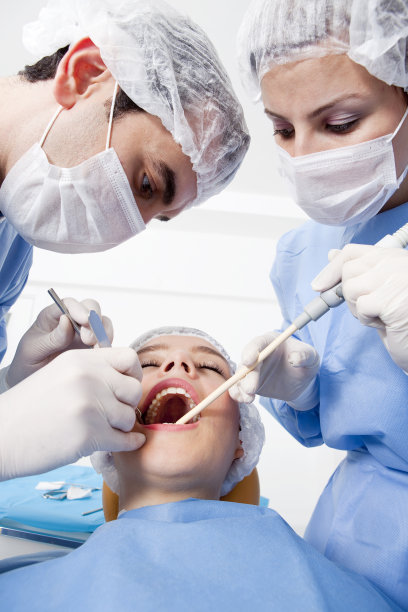The Essential Guide to Pain Management and Recovery After Extracting a Tooth for Better Oral Health
Summary: Following a tooth extraction, effective pain management and a holistic recovery plan are crucial for maintaining optimal oral health. This comprehensive guide highlights the significance of understanding post-extraction care, detailing pain management strategies, dietary considerations, the role of oral hygiene, and when to seek professional assistance. By proactively addressing these factors, patients can enhance their recovery experience and ensure a smoother transition back to normalcy. The insights provided in this guide aim to empower individuals with the knowledge necessary for effective healing and improved overall dental well-being.
1. Understanding Post-Extraction Pain and Discomfort

After a tooth extraction, its entirely normal to experience some degree of pain and discomfort. This is primarily due to the body’s natural healing response to injury. However, the intensity and duration of the pain can vary from person to person, often influenced by factors such as the complexity of the extraction and individual pain tolerance.
Understanding the nature of post-extraction pain can help manage expectations. Patients may notice swelling, sensitivity, or localized discomfort, typically peaking within the first three days after the procedure. Recognizing this timeline can help patients prepare for their recovery and understand what symptoms are normal.
Moreover, communication with the dental professional can provide clarity on what to expect after the extraction. Providing thorough updates during follow-up appointments can ensure that any unusual pain levels are addressed promptly and effectively.
2. Pain Management Strategies for Effective Recovery
Effective pain management is crucial for ensuring a comfortable recovery experience after tooth extraction. Over-the-counter pain relievers, such as ibuprofen or acetaminophen, can help alleviate discomfort and reduce inflammation. Following the dentists recommendations regarding dosages is necessary for maximizing their effectiveness while minimizing potential side effects.
In addition to medications, utilizing cold compresses can significantly reduce swelling and numb the area, providing immediate relief. Applying a cold pack to the face for 15 to 20 minutes intervals can help manage pain in the initial days following the procedure.
Regardless of the methods employed, patients should avoid over-exerting themselves during the recovery period; excessive physical activity can potentially exacerbate pain and delay healing. Rest is essential, and creating a calm and comfortable environment can contribute positively to the recovery process.
3. Dietary Considerations During Recovery
Diet plays a significant role in recovery following a tooth extraction. Initially, patients are advised to consume soft foods that require minimal chewing to avoid irritating the extraction site. Foods such as yogurt, mashed potatoes, and soups are excellent options that provide nutrition without discomfort.
As healing progresses, incorporating nutrient-rich foods is essential for supporting the body’s recovery efforts. Foods rich in vitamins C and D, calcium, and protein can contribute to faster healing and promote overall oral health.
Avoiding certain foods is also critical during the early recovery phase. Patients should steer clear of spicy, hard, or crunchy foods, as these can irritate the extraction site and prolong healing. Adapting to softer meals while gradually returning to a regular diet can facilitate a smoother recovery experience.
4. Importance of Oral Hygiene in Recovery
Maintaining oral hygiene after a tooth extraction is paramount for preventing infections and ensuring a swift recovery. Gentle brushing and avoiding the extraction site can help maintain cleanliness without disturbing the healing tissue, while the use of antiseptic mouth rinses can further aid in reducing the risk of infection.
Patients should be mindful of their oral hygiene practices, as neglecting care can lead to complications such as dry socket or infections, complicating the healing process. Regularly checking the extraction site for any signs of abnormal swelling or unusual pain can further assist in early detection of potential issues.
Additionally, following the dentists or oral surgeons instructions regarding hygiene practices will contribute significantly to a satisfactory recovery experience. Prioritizing oral hygiene is not merely about managing recovery; its also about laying the groundwork for improved oral health outcomes long-term.
Summary:
The journey of recovery following a tooth extraction encompasses various aspects, including pain management, dietary considerations, and maintaining oral hygiene. Understanding the implications of each element can significantly enhance the overall healing experience, paving the way for a smoother transition back to daily life. By following the guidelines outlined in this article, patients can better navigate their post-extraction care, ensuring improved oral health and long-lasting outcomes.
This article is compiled by Vickong Dental and the content is for reference only.


